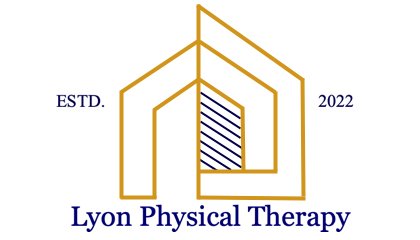Pelvic Floor Dysfunction
What is the Pelvic Floor?
The term “pelvic floor” describes the network of bones, ligaments, tendons, and muscles located in our pelvic region, including both the internal and external reproductive organs. These structures play the very important role of keeping our organs and abdominal contents from falling down, and are also integral in daily activities including urination, defecation, orgasm, exercise, and even breathing.
What is pelvic floor dysfunction (PFD)?
PFD can occur in men and women. In children, it can present as chronic constipation, painful pooping, streaking, and bedwetting after age six. Sometimes an accident, hernia, or childbirth starts PFD; other times there is no injury at all. Prolapse (bladder, rectum, or vagina), pelvic pain, urinary incontinence, fecal incontinence, urinary frequency or hesitancy are all kinds of PFD. Sometimes this can be the underlying cause of hip or back pain. It can even be linked to sciatica.
Who’s at risk?
Pelvic floor dysfunction is commonly seen following vaginal childbirth, post-menopausal females, and seniors or sedentary individuals with generalized weakness. However, it can occur due to improper lifting mechanics, in children toilet-trained before age four, and especially individuals who struggle with chronic constipation (<5 poops per week, or hard, difficult to pass stools).
How can physical therapy with Dr. Andrea Lyon, PT, DPT help my symptoms?
In the comfort of your own home, Andrea will do a thorough examination of the pelvic floor and surrounding joints. Together, we can determine the cause of your dysfunction or pain and clear up your symptoms with various treatment methods including working with chiropractic – usually within just three to five visits. Andrea has performed over 100 continuing education hours specializing in pelvic floor dysfunction for both children and adults, and is ready to help you on this journey. In addition, she also has specialized skills in both pre- and post-partum treatment.

